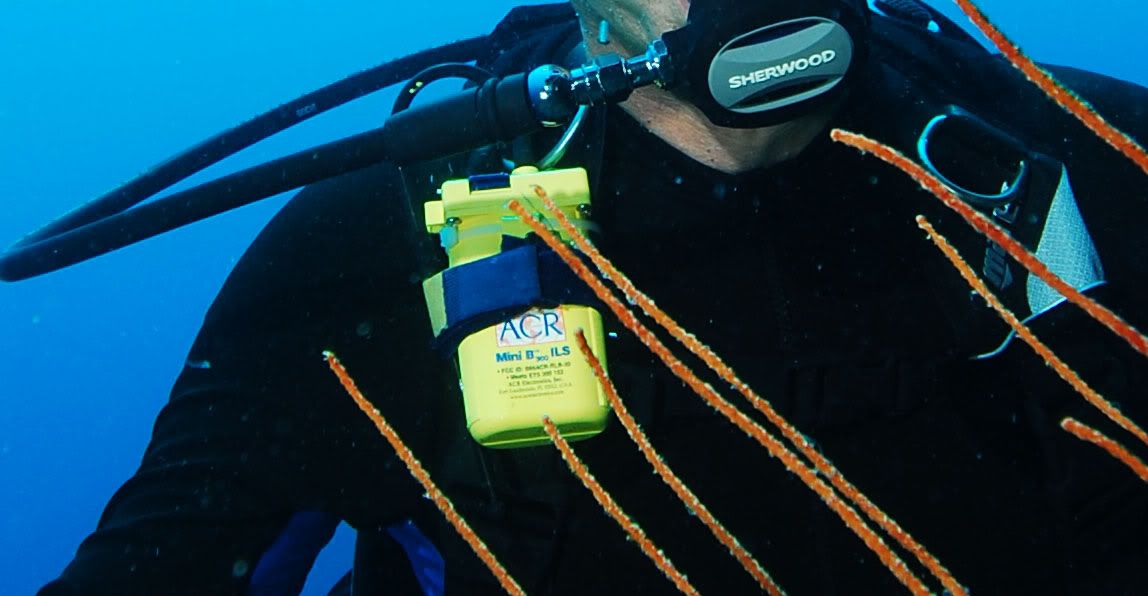scubafanatic
Contributor
- Messages
- 5,090
- Reaction score
- 910
My guess is that they simply perform better than the offical spec.
...hmmm, that's a pretty big variance between 33 ft versus 130 ft ...2 ATM versus 5 ATM pressure.....the question becomes one of ruining a rather expensive piece of gear, and what's worse, finding out it's ruined/flooded at the worst possible time when it needed/deployed in a life-or-death situation ! ...somehow I don't feel comfortable just assuming this item comfortably/reliably can be counted on to perform that far outside the official performance envelope.
Karl






